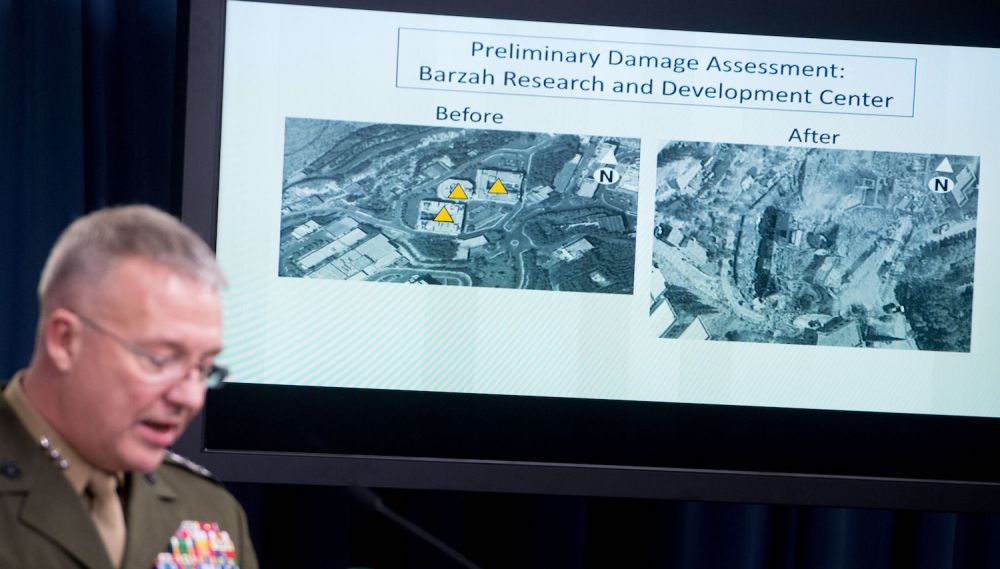Desert Dawn said:
Say they hit half of it directly, incinerate those tanks drums or ammo that contain the agents, other drums or containers nearby are not hit, start to heat up, release gas or start to burn one by one at a lower temperature than what the PAWS or similar new weapon
There seems to be some confusion.
PAWS is the CBU-107/B. It contains a number of tungsten and steel rods, but no explosive or incendiary filler. It is a purely kinetic weapon.
CrashPAD (BLU-119/B)on the other hand, is a standard bomb shape with a special fuze, high explosive filler, AGENT DEFEAT filler, and a special casing.
Both of these weapons are now over 10 years old. Even 10 years ago, CrashPAD was not the only AGENT DEFEAT weapon. The current generation of thermobaric bomb shapes started out life in the AGENT DEFEAT programs.
Most chemical weapons are at least stored in their component parts. These components are called "precursors". This is also why you often hear the terms "binary chemical weapons" or "binary agents". The precursors themselves are relatively safe to handle and have a longer shelf life. It is only when they are mixed that you have your nerve agent. Depending on the user's level of sophistication, the mixing of the agents may be done at the depot level before the weapons are deployed, or it may happen as part of arming the weapon (i.e. the agents are mixed immediately before use, while the weapon is in flight). Once they are mixed the agent may be called "unitary". Mixing them obviously has some military disadvantages. It makes the weapons much more dangerous to handle. It significantly shortens the shelf life of the agent (i.e. precursors may have a shelf life of months or years, but the unitary agent days or weeks). It also cannot be undone.
Because of this, PAWS can be a viable solution to some CW scenarios. It would be common at the depot level to keep the precursors stored far apart, and the storage infrastructure for the two precursors for GB are quite different. They are also easy to discern from overhead reconnaissance. PAWS could be employed to puncture the storage tank for one precursor, which may be a militarily significant objective. Even if the precursors did mix in a strike on a depot, the effects may be confined. GB, for example, is a non persistent agent that doesn't hang around for very long, and as with any chemical or biological agent dispersion, local environment matters a great deal.
That said, incineration using weapons like CrashPAD is certainly a viable option. Incineration is actually one of the preferred ways of disposing of both binary and unitary weapons (both precursors and the mixed agents), as it is effective and produces predictable results. The chemistry is very straightforward, for both the unitary agent and it's precursors. Some of the AGENT DEFEAT fillers create temperatures well over 3000C. GB thermally decomposes at 160C. If you actually burn it, you get some interesting products - care to guess what?
You can read about some of the other options for AGENT DEFEAT and HDBT here:
http://www.pulitzer.org/archives/6368
(and many, many other places on the interwebs)
CDC has a page on CW disposal, as do many others. Note that in some cases they are talking about methods that are required or prohibited by treaty rather than practicality.
http://www.cdc.gov/nceh/demil/articles/safedisposal.htm
Desert Dawn said:
was supposed to, you then get other toxic by-products from the combustion of those lower temp burning of chemical agents released in the air. When you start to play with something that dangerous, you know where it starts but you never know where it ends.
Can you point to the specific toxic by products of thermal decomposition or combustion you are referring to?
Desert Dawn said:
Doesn't matter who pulls the trigger or who plans the missions.
Of course it does. And there has been extensive testing of these solutions, and training and tactics that go along with them.
This is science, man, not the dark ages!
I love straw ! By the way isn't it the national sport here to play armchair generals ?

